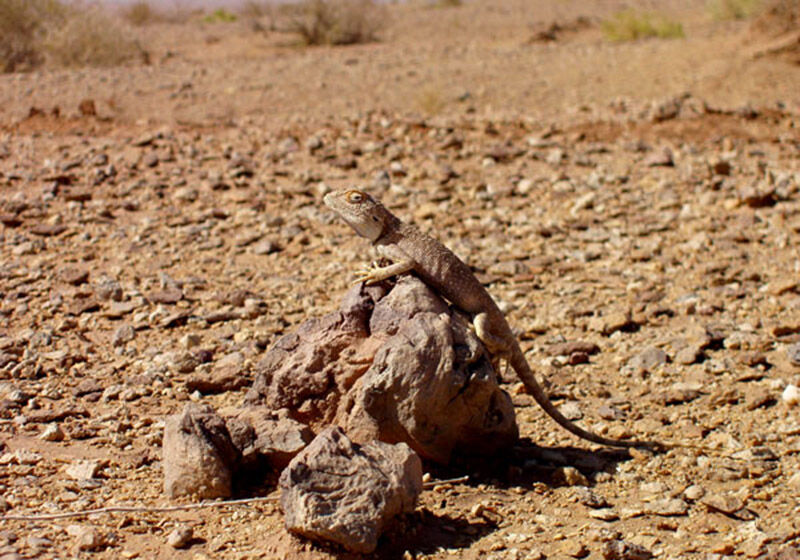While the Indian garden lizard (Calotes versicolor) is indeed found in several parts of India and Pakistan, its occurrence in Sistan and Baluchistan, Iran, is considered extremely rare.
There have been only a few historical records of the species in the region, dating back to the late 19th and early 20th centuries. Since then, there have been no confirmed sightings, leading some researchers to believe that the Indian garden lizard may no longer be present in Sistan and Baluchistan.
However, the possibility of its existence cannot be entirely ruled out. The lack of recent research and surveys in the region makes it difficult to definitively determine its presence or absence.
Here’s what we know about the Indian garden lizard:
Appearance:These small, agile lizards typically reach around 12-16 inches in length, with males being slightly larger than females. They have slender bodies, long tails, and large, expressive eyes. Their coloration is highly variable, but they often display shades of green, brown, and gray, with the ability to change color rapidly depending on their mood and environment.
Habitat:Indian garden lizards typically inhabit diverse habitats like forests, woodlands, grasslands, and even urban areas. They are excellent climbers and often spend their time basking on branches or rocks.
Diet: These opportunistic omnivores feed on a variety of insects, spiders, small fruits, and leaves.
Reproduction: Males are known for their elaborate head-bobbing and dewlap displays to attract mates. Females lay clutches of 2-12 eggs, which hatch after a few weeks.
Therefore, while the Indian garden lizard’s presence in Sistan and Baluchistan remains uncertain, it’s fascinating to consider the possibility of this colorful and adaptable creature thriving in this unique corner of the world. Perhaps future research and surveys will shed more light on its potential existence in the region.


